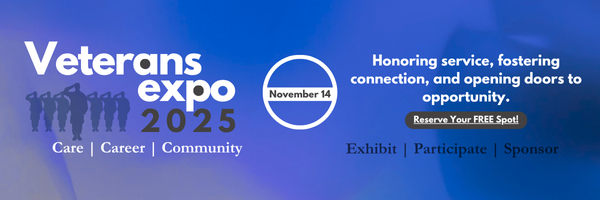As an Employee Engagement Specialist, I’ve witnessed the seismic shifts in workplace culture over recent years. Among these is the much-discussed topic of diversity and inclusion (D&I). Yet, despite the sincere pledges and diversity charters adorning corporate hallways, genuine inclusivity remains more of a hopeful ideal than a universally realized practice. In a world where the optics of D&I are increasingly scrutinized, how can organizations move beyond tokenistic gestures to foster a workplace culture that truly celebrates and harnesses the power of diversity?
The current state of D&I initiatives is a patchwork of intention and execution. Some organizations have taken great strides, embedding inclusivity into the core of their mission, while others have merely scratched the surface, equating diversity with a numbers game. The elusive ‘diversity quota’ may offer a semblance of progress, but numbers alone cannot disrupt the systemic biases embedded within workplace cultures.
To cultivate an authentically inclusive environment, businesses must undertake a more profound, introspective journey. This begins by examining unconscious bias – those ingrained preconceptions that influence behavior and decision-making. By identifying and actively working to dismantle these biases, organizations can lay the groundwork for an equitable workplace where all voices are heard and valued.
Allyship plays a pivotal role in this transformation. Allies are individuals within the workplace who leverage their own privilege and platforms to advocate for underrepresented colleagues. By listening, learning, and acting, allies can amplify marginalized voices and drive meaningful change. Allyship isn’t performative; it’s a commitment to continuous personal growth and the promotion of diversity in all its forms.
Moreover, organizations must prioritize a bottom-up approach to inclusivity, where employees at all levels are encouraged to share their experiences and perspectives. This requires creating safe, open channels for dialogue and feedback, and most importantly, responding with empathy and action. When employees feel heard and respected, they are more likely to engage, innovate, and remain loyal to the company.
This brings us to the tangible benefits of diversity. A diverse workforce is not just a moral imperative but a business one. It brings together a plethora of ideas, skills, and worldviews that mirror the multifaceted nature of the global customer base. Studies consistently show that diverse companies are more innovative, adaptable, and ultimately, more profitable.
By fully embracing D&I, organizations don’t just do the right thing; they position themselves at the forefront of change and progress. In the bustling hubs of industry and commerce – such as New York City, the melting pot of cultures – the call for authentic diversity and inclusion resonates louder than ever. Companies that heed this call don’t just thrive; they lead.
In conclusion, the path to true inclusivity is intricate and ongoing. It’s a path that demands honest reflection, active participation, and a steadfast commitment from every level of an organization. By moving beyond tokenism and embracing the full spectrum of human diversity, businesses can not only reflect the world’s rich tapestry but also become a force for unity and innovation within it.





























